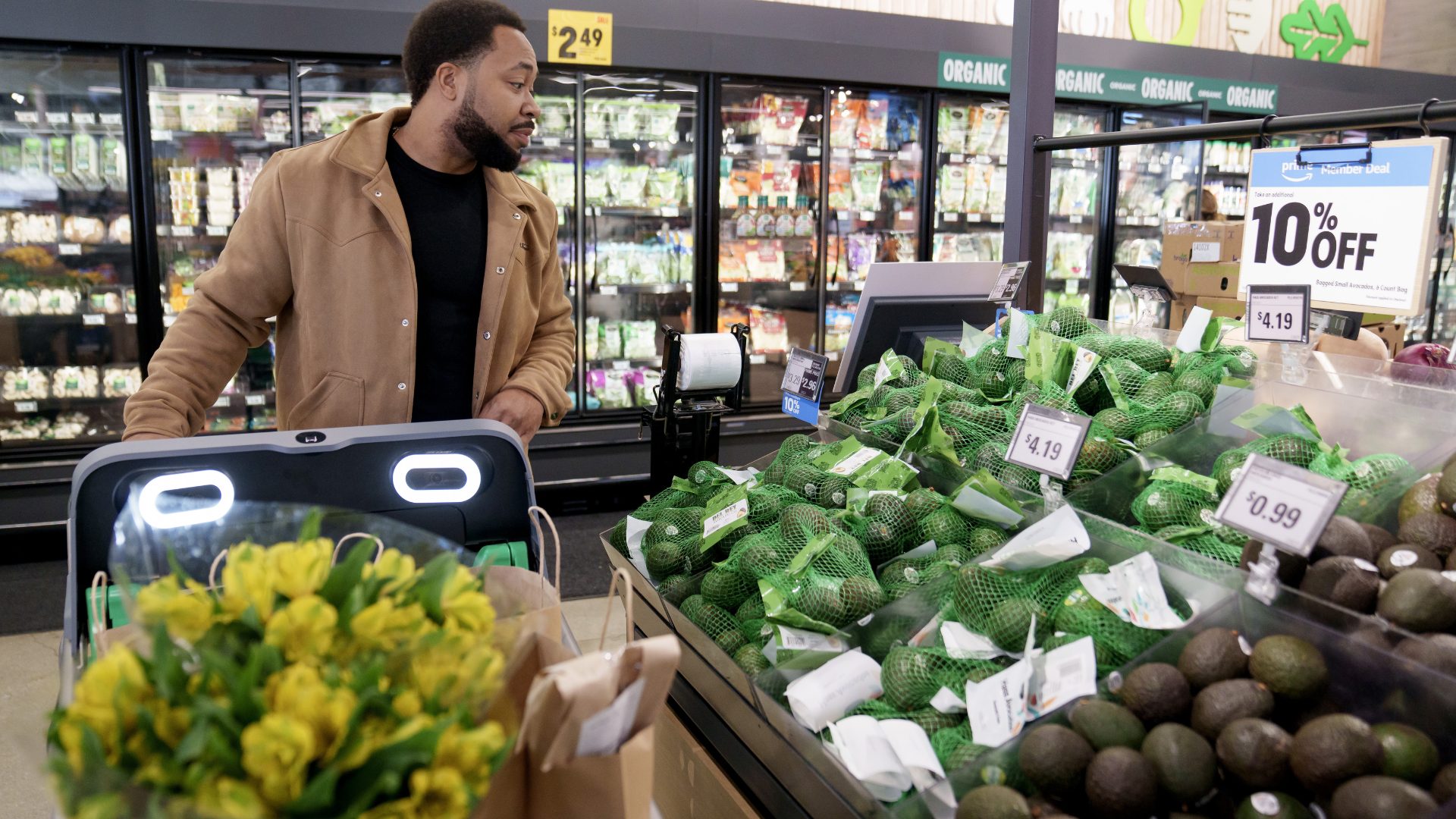Food price spikes across the U.S. are forcing many senior citizens to visit food pantries or cut back on the number of meals they eat per day.
In a recent survey by The Senior Citizens League (TSCL), older consumers reported food to be the fastest growing expense category of their household budgets.
Due to the increases, 19% of respondents say they have visited a food pantry or applied for the Supplemental Nutrition Assistance Program (SNAP) in 2021, Mary Johnson, Social Security policy analyst for TSCL told The Food Institute. “Furthermore, over 10% said they have gone back to work or taken a new job.”
This is not a sustainable spending pattern for retired and disabled households, says Johnson. Social Security recipients more typically reported that housing and medical expenses were the two top cost concerns.
An Ongoing Issue
IRI data from 2020 shows that Baby Boomers, ages 56 to 74, account for 22% of the U.S. population and control more than half (57%) of country’s household wealth. However, nearly a third reported financial insecurity.
Furthermore, many older Americans have trouble accessing a nutritious diet. A 2020 survey by the AARP showed many elderly respondents had recently experienced one or more life crises—often major health crises—that compromised their ability to work and to afford or access food.
The survey further noted that increasing access to SNAP is an important strategy to improve health and quality of life for vulnerable seniors. But historically, only about a third of the eligible elderly population has participated in the program.
SNAP Challenges
Beginning October 1, 2021, households who are eligible for SNAP will see an average 25% increase in their monthly benefits.
Increases to benefit amounts are important for boosting SNAP participation. Research by the National Council on Aging found that low benefits are a common reason why seniors don’t apply for the program.
Another major barrier is the application process. Paper applications — which some seniors prefer — can be long and tedious to complete, Johnson said. Furthermore, the process varies by county and paper applications are not available at every location.
Other challenges include time constraints, transportation to service offices, and an overall lack of awareness about programs.
Addressing the Issue
To reduce food insecurity among vulnerable groups, retailers can actively increase their outreach to provide shoppers with information about how and where to apply for SNAP benefits.
Furthermore, a growing number of retailers are joining the USDA’s Online Purchasing Pilot program, which enables SNAP participants to make grocery purchases online.
Upon joining the program, Johnson suggests that retailers stay mindful about the impact of online order minimums on overall accessibility.
“If [a store] has a $35 minimum order and somebody only has $25 in SNAP, then they can’t order online,” Johnson said. “That could pose a problem for homebound or folks with no transportation.”











